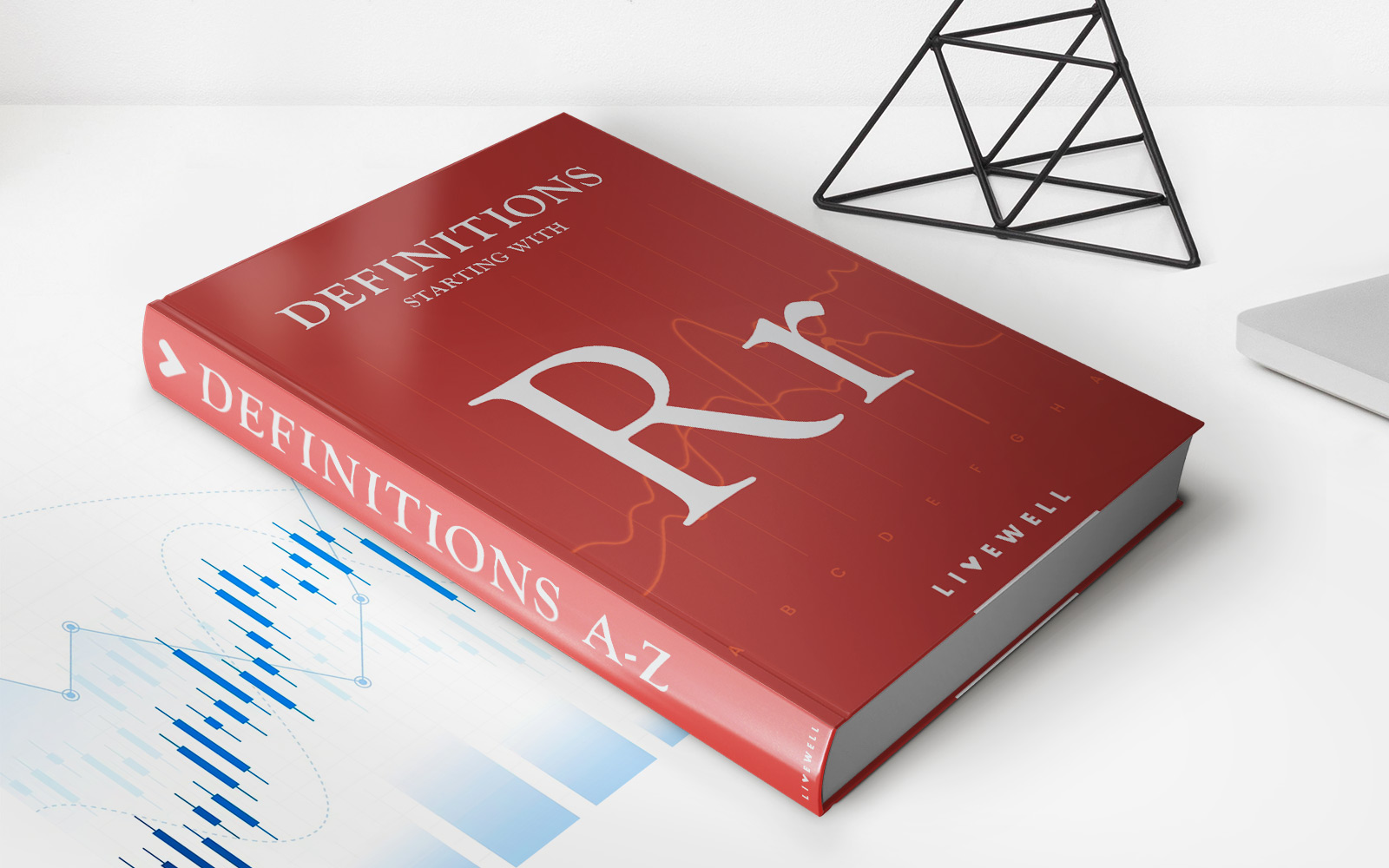Home>Finance>What Is The Grace Period For Transferring A 401K To A New Employer?


Finance
What Is The Grace Period For Transferring A 401K To A New Employer?
Published: February 20, 2024
Learn about the grace period for transferring a 401k to a new employer and the financial implications. Understand the timeline and process.
(Many of the links in this article redirect to a specific reviewed product. Your purchase of these products through affiliate links helps to generate commission for LiveWell, at no extra cost. Learn more)
Table of Contents
**
Introduction
**
Transferring a 401(k) to a new employer is a significant financial decision that requires careful consideration and timely action. The grace period for completing this transfer is a crucial factor that individuals need to understand to avoid potential penalties and maximize the benefits of their retirement savings. In this article, we will delve into the concept of the grace period for transferring a 401(k) to a new employer, explore the factors that can affect this timeline, and provide actionable steps for a seamless transfer process.
A 401(k) plan is a valuable tool for building a secure financial future, allowing employees to contribute a portion of their pre-tax earnings to a retirement account. When changing jobs, individuals often have the option to transfer the funds from their existing 401(k) to a new employer's retirement plan or an individual retirement account (IRA). Understanding the grace period for completing this transfer is essential, as it can impact the continuity of retirement savings and potential tax implications.
In the following sections, we will shed light on the specifics of the grace period for 401(k) transfers, including the factors that can influence this timeline and the steps individuals can take to initiate a seamless transfer process. By gaining a comprehensive understanding of the grace period and the transfer process, individuals can make informed decisions regarding their retirement savings, ensuring that they remain on track to achieve their long-term financial goals.
**
Understanding the Grace Period for 401K Transfers
**
When transitioning to a new job, individuals are often faced with the decision of what to do with their existing 401(k) funds. In this scenario, the grace period refers to the timeframe within which an individual can transfer the funds from their previous employer’s 401(k) plan to a new employer’s retirement account or an individual retirement account (IRA) without incurring penalties or tax consequences.
The grace period for 401(k) transfers typically varies depending on the specific provisions outlined in the employer’s retirement plan documents and the regulations set forth by the Internal Revenue Service (IRS). While some employers may allow immediate transfers, others may impose a waiting period before employees can initiate the transfer process. It’s important for individuals to carefully review the terms of their new employer’s retirement plan and consult with the plan administrator to understand the applicable grace period.
Furthermore, the IRS provides guidelines regarding the grace period for 401(k) transfers to ensure compliance with tax regulations. Generally, individuals have a window of 60 days to complete the transfer of 401(k) funds to a new employer’s plan or an IRA to avoid potential tax implications. Failing to adhere to this timeline may result in the funds being treated as taxable income, subject to income tax and potential early withdrawal penalties for individuals under the age of 59½.
It’s crucial for individuals to be aware of the specific grace period applicable to their 401(k) transfer and to initiate the process within the designated timeframe to safeguard their retirement savings and avoid unnecessary financial setbacks. Understanding the nuances of the grace period is essential for making informed decisions and taking proactive steps to preserve the continuity of retirement savings during job transitions.
**
Factors Affecting the Grace Period
**
Several factors can influence the grace period for transferring a 401(k) to a new employer, impacting the timeline within which individuals must initiate the transfer process. Understanding these factors is crucial for navigating the complexities of 401(k) transfers and making informed decisions regarding retirement savings. Below are key considerations that can affect the grace period:
- Employer Policies: The specific policies outlined in the retirement plan documents of the new employer play a significant role in determining the grace period for 401(k) transfers. Employers may impose waiting periods or specify deadlines for initiating the transfer process, requiring employees to adhere to these guidelines to avoid potential penalties.
- IRS Regulations: The Internal Revenue Service (IRS) provides regulations governing the transfer of 401(k) funds, including the stipulated timeframe within which individuals must complete the transfer to avoid tax implications. Understanding and complying with IRS guidelines is essential for minimizing tax liabilities associated with 401(k) transfers.
- Type of Retirement Account: The type of retirement account to which individuals intend to transfer their 401(k) funds can also impact the grace period. While transferring funds to a new employer’s retirement plan or an individual retirement account (IRA) are common options, the specific requirements and timelines associated with each option can vary.
- Administrative Processes: The administrative processes involved in transferring 401(k) funds, such as completing paperwork, obtaining approvals, and coordinating with plan administrators, can influence the timeline for initiating and completing the transfer. Individuals should factor in the administrative procedures to ensure a seamless transfer process.
- Communication with Plan Administrators: Clear communication with the plan administrators of both the previous and new employer’s retirement plans is essential for understanding the specific grace period and requirements for transferring 401(k) funds. Seeking guidance and clarifications from plan administrators can help individuals navigate the transfer process effectively.
By considering these factors and proactively addressing any potential challenges, individuals can navigate the grace period for 401(k) transfers with confidence, ensuring that they comply with applicable regulations and maximize the benefits of their retirement savings.
**
Steps to Transfer a 401K to a New Employer
**
Transferring a 401(k) to a new employer involves a series of steps that individuals need to follow to ensure a seamless and timely transfer process. By understanding and executing these steps diligently, individuals can navigate the complexities of 401(k) transfers and safeguard their retirement savings. Below are the essential steps to transfer a 401(k) to a new employer:
- Review Employer’s Retirement Plan: Begin by reviewing the retirement plan documents provided by the new employer. Understand the specific provisions related to 401(k) transfers, including any waiting periods, deadlines, and administrative requirements.
- Consult with Plan Administrators: Reach out to the plan administrators of both the previous and new employer’s retirement plans. Seek guidance on the transfer process, including the applicable grace period, required paperwork, and any specific instructions for initiating the transfer.
- Complete Transfer Request: Follow the instructions provided by the new employer’s plan administrator to initiate the transfer request. This may involve completing transfer forms, providing necessary documentation, and adhering to any specified deadlines.
- Coordinate Fund Transfer: Once the transfer request is initiated, coordinate with the plan administrators to ensure the seamless transfer of 401(k) funds. Stay informed about the progress of the transfer and address any potential issues promptly.
- Confirm Completion: Upon successful transfer of the 401(k) funds, verify and confirm the completion of the transfer process. Review the account statements and documentation to ensure that the funds are accurately reflected in the new employer’s retirement plan or the designated individual retirement account (IRA).
- Monitor Tax Implications: Stay informed about any potential tax implications associated with the transfer of 401(k) funds. Consult with a tax advisor or financial professional to understand the tax considerations and ensure compliance with relevant regulations.
By following these steps and maintaining proactive communication with plan administrators and financial advisors, individuals can navigate the transfer of their 401(k) to a new employer effectively, leveraging the available grace period and minimizing potential tax liabilities.
**
Importance of Timely 401K Transfers
**
Timely transfers of 401(k) funds during job transitions hold significant importance in safeguarding the continuity of retirement savings and mitigating potential financial implications. Understanding the criticality of timely 401(k) transfers can empower individuals to make informed decisions and take proactive steps to preserve the long-term value of their retirement accounts. Here are key reasons highlighting the importance of timely 401(k) transfers:
- Continuity of Retirement Savings: Promptly transferring 401(k) funds to a new employer’s retirement plan or an individual retirement account (IRA) ensures the continuity of retirement savings, allowing individuals to maintain the growth and security of their investment portfolio without interruptions.
- Tax Considerations: Adhering to the designated grace period for 401(k) transfers helps individuals avoid potential tax implications, such as income tax and early withdrawal penalties. Timely transfers minimize the risk of incurring unnecessary tax liabilities associated with retirement account distributions.
- Maximizing Investment Opportunities: By initiating timely transfers, individuals can capitalize on potential investment opportunities offered by the new employer’s retirement plan or the chosen IRA. This allows them to continue building their retirement nest egg and leveraging the benefits of diversified investment options.
- Avoiding Penalties: Failing to complete the transfer of 401(k) funds within the specified grace period may lead to penalties and financial setbacks. Timely transfers help individuals steer clear of potential penalties imposed by the IRS or the new employer’s retirement plan.
- Peace of Mind and Financial Planning: A timely 401(k) transfer provides individuals with peace of mind, enabling them to focus on their financial planning and long-term retirement goals without the burden of unresolved account transfers or associated tax complications.
Recognizing the importance of timely 401(k) transfers empowers individuals to take proactive measures, seek necessary guidance, and adhere to the applicable grace period to safeguard their retirement savings and optimize their financial well-being during job transitions.
**
Conclusion
**
Understanding the grace period for transferring a 401(k) to a new employer is pivotal in ensuring the seamless continuity of retirement savings and minimizing potential tax implications. As individuals navigate job transitions, being cognizant of the grace period and the associated factors empowers them to make informed decisions and take proactive steps to preserve the long-term value of their retirement accounts.
By comprehending the nuances of the grace period and the transfer process, individuals can navigate the complexities of 401(k) transfers with confidence. Reviewing employer’s retirement plan documents, consulting with plan administrators, and diligently following the steps for initiating the transfer are essential components of a successful transfer process. Moreover, recognizing the importance of timely 401(k) transfers allows individuals to maximize investment opportunities, avoid penalties, and maintain the continuity of their retirement savings, fostering peace of mind and effective financial planning.
As individuals embark on new career opportunities, the timely transfer of 401(k) funds to a new employer’s retirement plan or an individual retirement account (IRA) stands as a fundamental aspect of their financial well-being. By proactively addressing the requirements of the grace period and adhering to applicable regulations, individuals can safeguard their retirement savings, capitalize on investment prospects, and pave the way for a secure and prosperous financial future.














